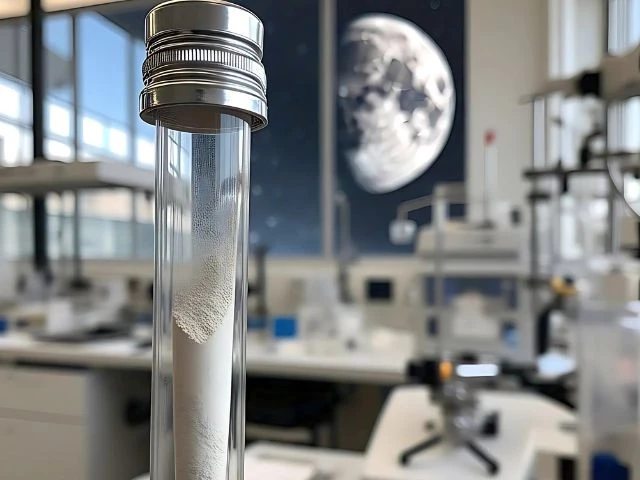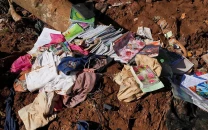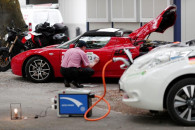China sends 'rarer than gold'-moon dust to UK
Shared knowledge fuels bold discoveries across borders and generations.

The UK has received its first sample of Moon rock in nearly 50 years, after China loaned a vial of lunar dust to Professor Mahesh Anand’s lab in Milton Keynes.
The 60mg sample, locked inside a safe in a high-security facility, was collected by China’s Chang’e 5 mission in 2020. It is the first lunar material to reach Earth since the Soviet Luna 24 mission in 1976.
“This is more precious than gold dust,” said Prof Anand, who is the only UK scientist granted access to the material.
The grains will be analysed using lasers and high-heat techniques to probe how the Moon formed and to unlock secrets of the early Earth.
“This is a great honour and a huge privilege,” said Prof Anand. “Nobody in the world had access to China’s samples.”
The UK joins a select group of seven international researchers chosen to study the rare material, in a move signalling growing scientific collaboration.
The Chinese mission drilled 2kg of lunar soil from Mons Rümker, a volcanic plateau, returning it in a capsule that landed in Inner Mongolia.
At the Open University’s facility, extreme precautions are being taken to avoid contamination. Technicians wear gowns, gloves and hoods; sticky mats clean their shoes. Earthly particles could destroy the integrity of the results.
“This is high stakes,” said lab technician Kay Knight, who will be the first to work directly on the grains.
The analysis process involves vaporising the dust at 1,400°C and scanning it for carbon, nitrogen and noble gases. Other tests will determine its oxygen content using lasers.
The team has one year to complete the research, which may destroy the tiny sample in the process. But Prof Anand hopes this is just the beginning.
“I hope that this is the start of long-term collaboration between China and international scientists,” he said.
In 2024, China’s Chang’e 6 mission brought back the first samples from the far side of the Moon, an area of growing interest for future research.






















COMMENTS
Comments are moderated and generally will be posted if they are on-topic and not abusive.
For more information, please see our Comments FAQ